Golden Secrets: The Chemistry of Raw Honey
May 03, 2024

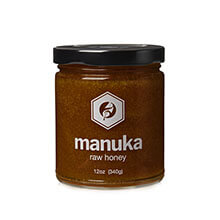
The Chemistry of Honey: Exploring Its Sweet Secrets
Honey, often referred to as "liquid gold," is a delightful and complex product of nature. Beyond its sweet allure, honey is a fascinating amalgamation of chemicals that gives it remarkable properties.From its unique blend of sugars to a plethora of antioxidants, enzymes, and other bioactive compounds, honey’s chemistry is integral to its flavor, texture, and health benefits. Let’s explore the intricate chemistry of honey and uncover what makes it so unique.
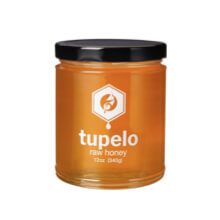
Sugars: The Sweet Foundation
Honey’s sweetness comes primarily from its sugar content, which constitutes about 80% of its composition. The two major sugars in honey are fructose and glucose, both of which are simple sugars, or monosaccharides.Fructose, being slightly sweeter than glucose, dominates in most varieties of honey. These monosaccharides are the result of enzymatic reactions within bees and the nectar they collect. The sweetness and the ratio of these sugars vary depending on the floral source, influencing the flavor profile and texture of the honey.
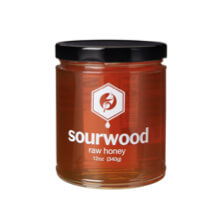
Enzymes: The Natural Alchemists
Enzymes play a crucial role in honey’s formation and characteristics. The most notable enzyme in honey is invertase, which is introduced by bees during honey production.Invertase converts sucrose, a common sugar in nectar, into glucose and fructose. Another important enzyme is glucose oxidase, which helps convert glucose into gluconic acid and hydrogen peroxide.
This enzymatic action contributes to honey's mild acidity and antimicrobial properties. Honey also contains diastase, an enzyme that breaks down starch, further showcasing its diverse enzymatic profile.

Antioxidants: The Protective Compounds
One of the remarkable features of honey is its antioxidant content. These antioxidants come from a variety of compounds, including phenolic acids, flavonoids, and certain vitamins.The antioxidants in honey play a protective role, both for the bees and for those who consume honey. They help protect against oxidative stress by neutralizing free radicals, which can damage cells and contribute to aging and diseases.
The type and amount of antioxidants vary depending on the floral source of the honey, with darker varieties generally having higher antioxidant content.
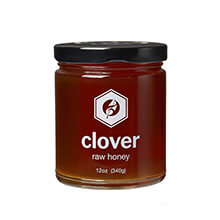
Acids: The Tangy Contributors
Acids are another important component of honey's chemistry, contributing to its flavor and preservation. The primary acid in honey is gluconic acid, a byproduct of glucose oxidase activity.This acid gives honey its slightly tangy flavor and also acts as a natural preservative by lowering the pH, creating an environment that inhibits bacterial growth.
Other organic acids, such as citric acid and malic acid, can also be present in smaller amounts, contributing to honey’s unique taste.

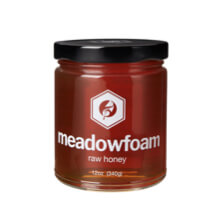
Vitamins and Minerals: The Micronutrient Boost
Though present in smaller quantities, vitamins and minerals in honey add to its nutritional value. Honey contains trace amounts of vitamins like vitamin C, B vitamins, and minerals such as calcium, potassium, and magnesium.While these micronutrients are not in significant amounts, they nonetheless contribute to the overall health benefits of honey.
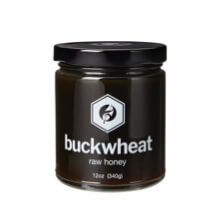
Other Bioactive Compounds
In addition to the aforementioned components, honey contains various other bioactive compounds, including amino acids, proteins, and volatile organic compounds.Amino acids, though present in small amounts, contribute to the flavor and Maillard reaction during heating or cooking with honey. Volatile organic compounds, derived from the nectar and the bees, are responsible for honey's aromatic profile, enhancing its appeal.
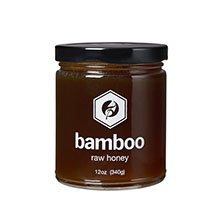
Unique Properties and Applications
The unique blend of these chemicals gives honey its remarkable properties, including antimicrobial action, antioxidative capacity, and wound-healing abilities.The hydrogen peroxide produced by glucose oxidase, combined with honey’s low pH and osmotic effect, creates an environment hostile to bacteria, making it useful in wound care. The antioxidants in honey help in protecting against cellular damage, while its sugars provide a quick energy source.
Liquid Gold
The chemistry of honey is a fascinating interplay of sugars, enzymes, antioxidants, acids, and other compounds, each contributing to its unique characteristics and health benefits.Honey's complexity is not only a testament to nature's ingenuity but also a reflection of its diverse applications, from culinary delights to medicinal uses. This natural product, crafted by bees and shaped by the environment, continues to captivate us with its sweet and healthful properties.